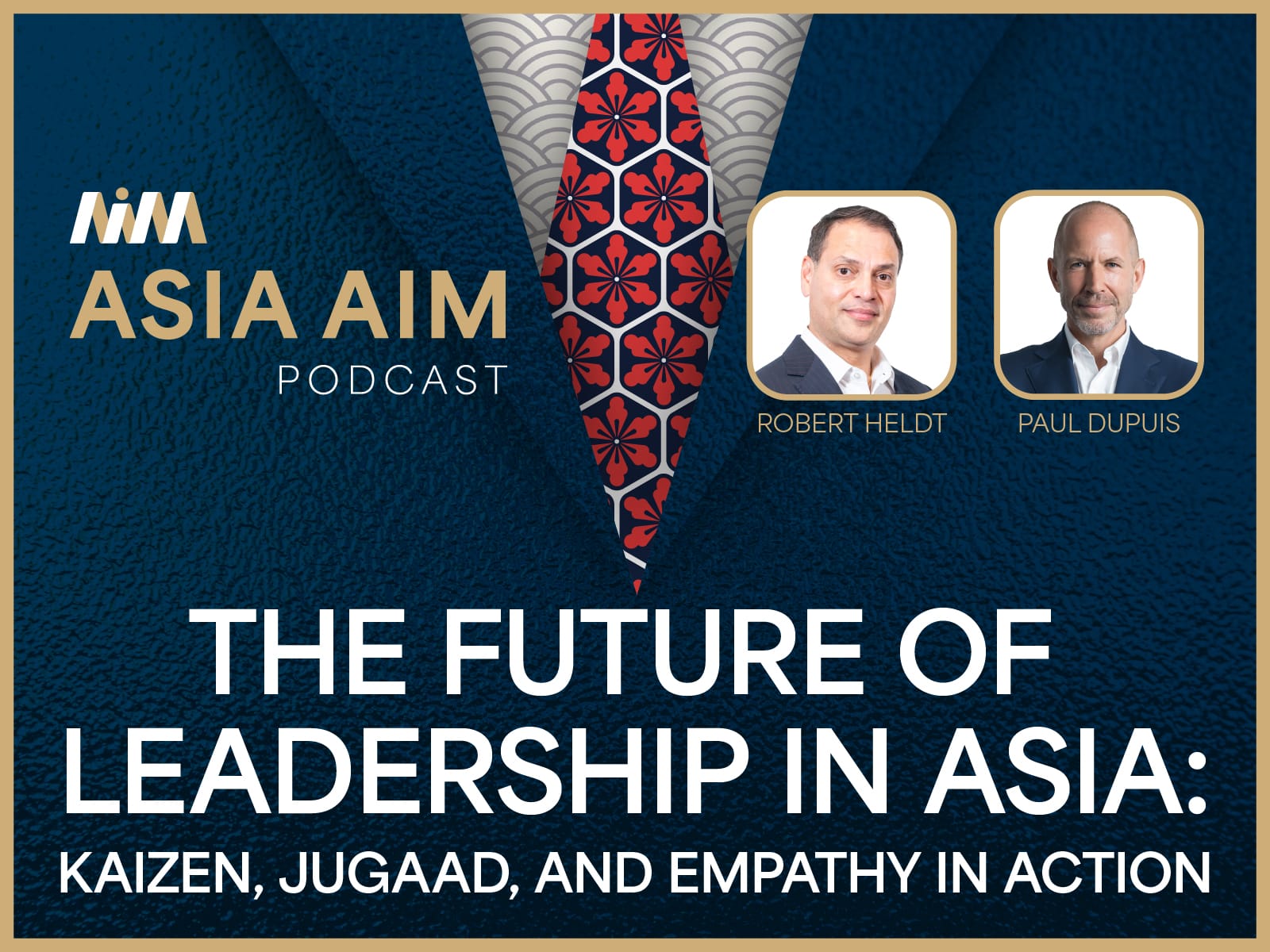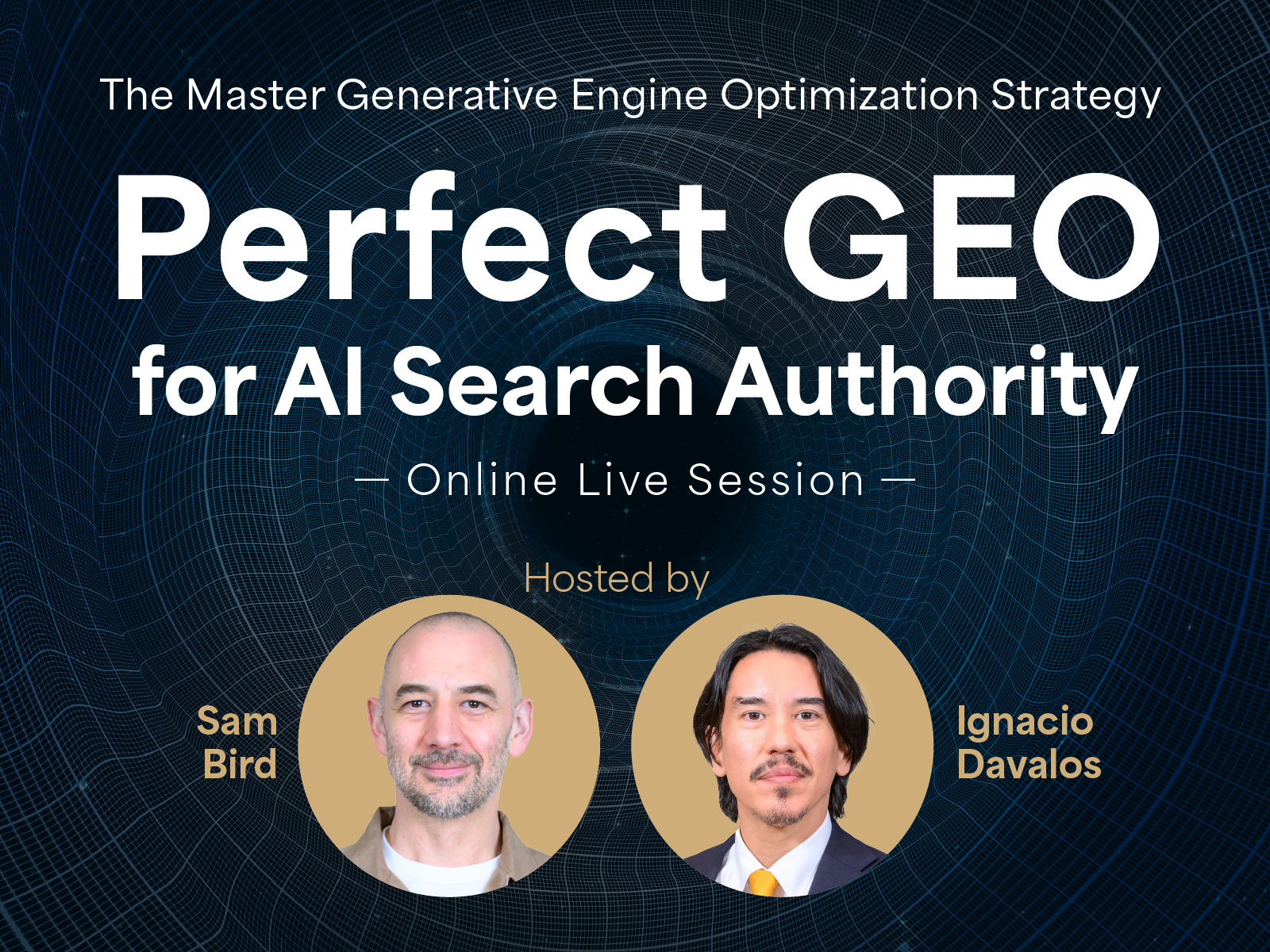
What the New YouTube Means for Content Creators
You may have noticed that YouTube has made drastic changes to its user interface and it may or may not provide a pleasant experience for the casual user—depending on their taste—but for content creators it has certainly brought a host of functionality problems.
You may have noticed that YouTube has made drastic changes to its user interface. Plus, for the first time in 12 years, the company has overhauled its logo. It might be different from the familiar mark that put “Tube” front and center but, in connection to modern technology, the move away from highlighting the word is welcome. The word “tube” was slang for television back when the picture was generated by tubes—and those days are long gone.
As for the new interface, it may or may not provide a pleasant experience for the casual user—depending on their taste—but for content creators it has certainly brought a host of functionality problems.
Where is everything?
When a content creator accesses the YouTube landing page, the first thing they do is check the subscriber count, likes, dislikes, comments, and status of their latest upload. Before the massive overhaul, this was done through the My Channel button at the upper left.
Not only has this button been removed, it has been replaced with one labeled “Trending,” and no fewer than two more that link to lists of other channels. Creators now have to dig through several outer layers to get to their own video stashes.
Sinking Subscribers
Previously, the sidebar would recommend more videos by the author of the video currently being watched, helping boost viewership and subscribers for that creator. Now, YouTube takes a snapshot of your recently watched history and recommends a range of videos that might be of interest—in essence encouraging viewers to ignore other content from the same creator.
Getting a viewer to subscribe to a channel is hard work. Calls to hit the subscribe button often fall on deaf ears, and it can take quite a bit of time to build a subscriber base. The changes impact this, too.
Before, when a creator uploaded new content, all subscribers instantly received a notification. Now, they must also press a redundant notification icon to be notified of their favorite YouTuber’s new content, which eliminates the idea of subscribing in the first place. Since this icon was implemented recently, those who subscribed to a channel before the change have no way of knowing about subsequent content, causing creators to lose untold views.
“Adpocalypse” and algorithm annoyance
News organizations are suffering, too. The YouTube algorithm automatically flags videos with titles and tags containing certain words—such as war, sex, and drugs—even when used in the context of reporting. This is making it difficult for media to reliably share everyday information.
Add to this the current “adpocalypse”—the widespread demonetization of content not deemed advertiser-friendly—and we have what many prominent creators on the platform are dubbing “the end of the YouTube bubble.” As a result, many are scrambling to plant roots on other video platforms before YouTube completely dries up.


